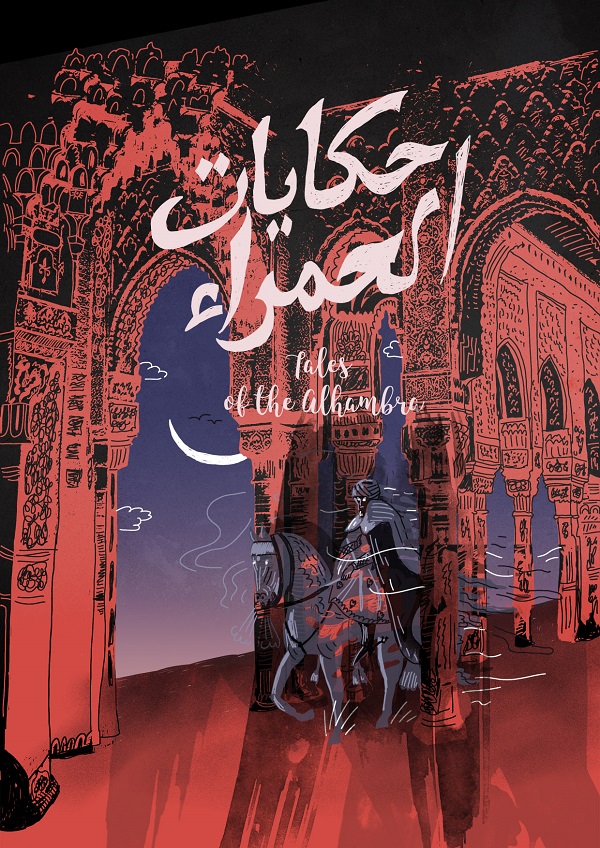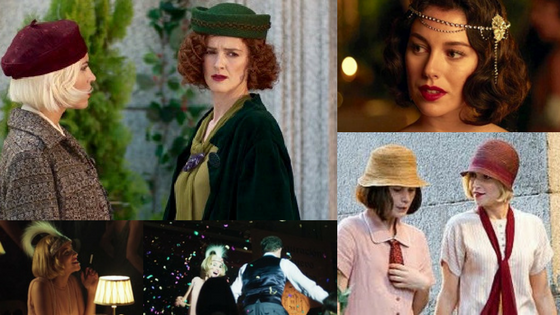Holidays can be overwhelming, so as a result, more than ten days have passed since the last post. Christmas is come and gone. I had a very warm and heartening one, but the run-up to it was one continuous race, with not time enough to finish everything that was started. Christmas seems such a deadline and the expectations are the highest of the whole year. But now the hustle and bustle is over and we can gradually return to usual activity. I’ve been wanting to tell you about Gallardo Dance Shoes for a while: they are the foremost flamenco and Spanish dance shoe maker in Spain. As a veteran flamenco dancer once told me: “There are many fine flamenco shoes made in Spain. But the Gallardo shoe is special.”
The Madrid-based company exists since 1951. It is headquartered in the humble central district called Lavapiés (literally: “wash feet”). The shoes are manufactured by hand. The company offers a vast array of ready-made shoes – variations of the traditional Spanish dance pump (see the Spanish Pump post), tailored to different demands of the dance world. They can be purchased online from the Gallardo Dance shoes online shop. Professionals and serious students of dance have the shoes made to measure. Gallardo dancing shoes are renowned for their robust construction, beautiful exterior, and the clear sound they produce with their nail-studded toes and heels.


One of the workshops, at number 4 Cabestreros street, is open to anyone interested in learning first-hand about the artisan process of making dance shoes to measure.

When I think of people who have danced in these shoes, I always think of Cristina Hoyos and Antonio Gades. Of the many excellent and famous flamenco dancers in Spain, both past and present, these two are the shining stars.

Cristina Hoyos and Antonio Gades in the 1986 dance film “El Amor Brujo” (“Bewitching Love”) by Carlos Saura, based on the music of the famous Granada-born composer Manuel de Falla. (Source: www.kino-teatr.ru)
Antonio Gades is no longer around – he passed away in 2004 at the age of 68. He was born Antonio Esteve Ródenas in Elda, Spain. Son of a factory worker, he chose the dancing life out of love for the art and a desire to live a richer life, even though at that time the profession promised little hope of glamour or actual riches. He was discovered early and successfully toured with various dance companies across Europe and Latin America before starting his own dance troupe. In 1969 the Seville-born Cristina Hoyos, joined his troupe and quickly became a principal dancer. Together Antonio Gades and Cristina Hoyos created some of the best performances of theatrical flamenco. In the 1980s the two dancers appeared in a successful flamenco trilogy directed by the filmmaker Carlos Saura. Besides El Amor Brujo, they appeared in Carmen (1983) – an adaptation of Mérimée’s famous story of a soldier’s unfortunate love for a gipsy woman from Cordoba, and in 1981 Bodas de Sangre (“Blood Wedding”), based on a play by Federico García Lorca.
The movies are great – especially Carmen, which blends together two love stories: the fictional story of Carmen and Don José and the “real life” story of Antonio, a flamenco star (Antonio Gades playing himself) and Carmen, a self-assured and manipulative amateur dancer. Cristina Hoyos plays Cristina, the principal female dancer of Antonio’s company who is jealous of Antonio’s blind attachment to Carmen. The movie also stars the world-famous guitarist Paco de Lucía. The singing, the playing, and the dancing are superb, with all the force of artistry rooted in spontaneous feeling. Here is the link to the scene in which Antonio’s dance company rehearses the episode at the tobacco factory, where a clash between Carmen and Cristina results in an imaginary knifing that seems only too real.
Cristina Hoyos (born in 1946) has been dancing since she was 11. She is a magnificent dancer and as authentic as they come. In 1989 she created Cristina Hoyos Ballet company, which she still leads today. Cristina Hoyos was also the driving force behind the creation of the world’s first Flamenco Museum in Seville in 2005.

Source: www.kino-teatr.ru

Photo: Cesar Lucas, www. flamenco.cz
Here is a Vimeo link to the 1970 video of the young and gorgeous Cristina Hoyos and Antonio Gades dancing “por seguiriyas” – one of the most complex and profoundly expressive forms of flamenco. It’s in black and white and the footage is somewhat grainy, but it’s flamenco at its best, a piece of unmatched beauty and feeling.
!Olé!












